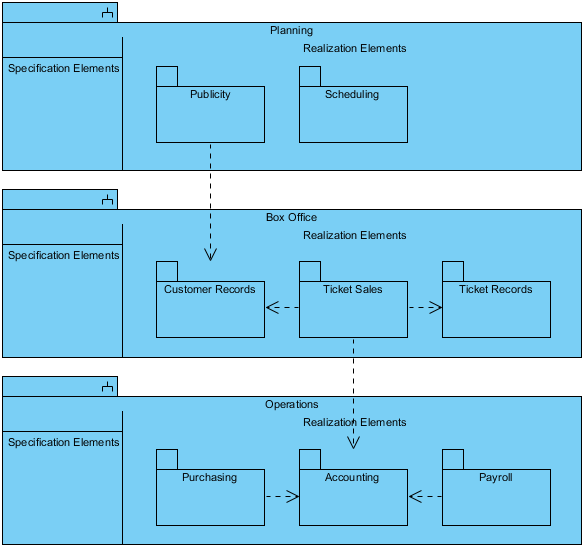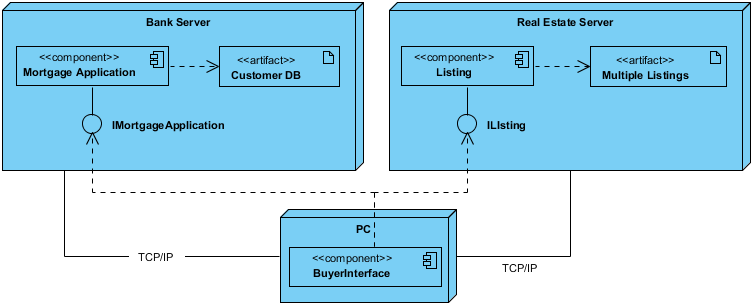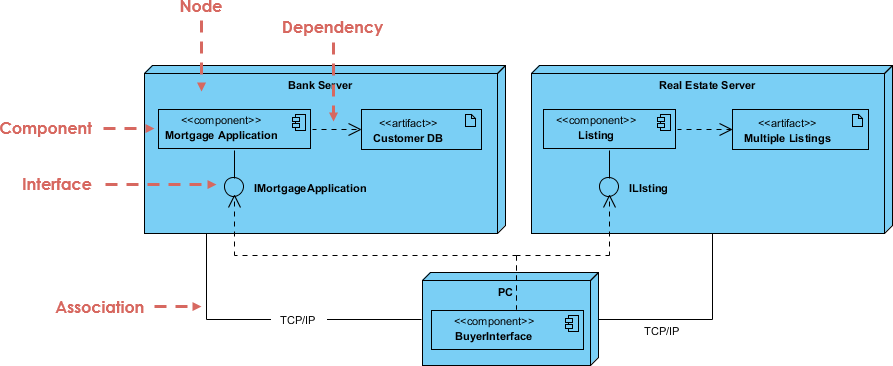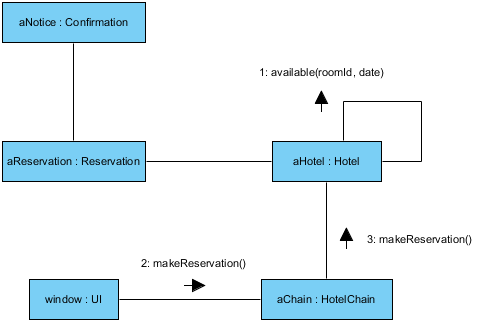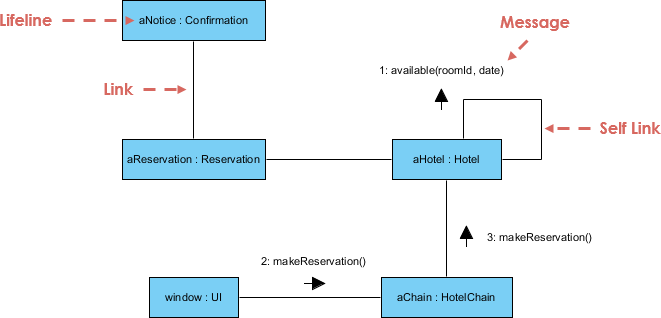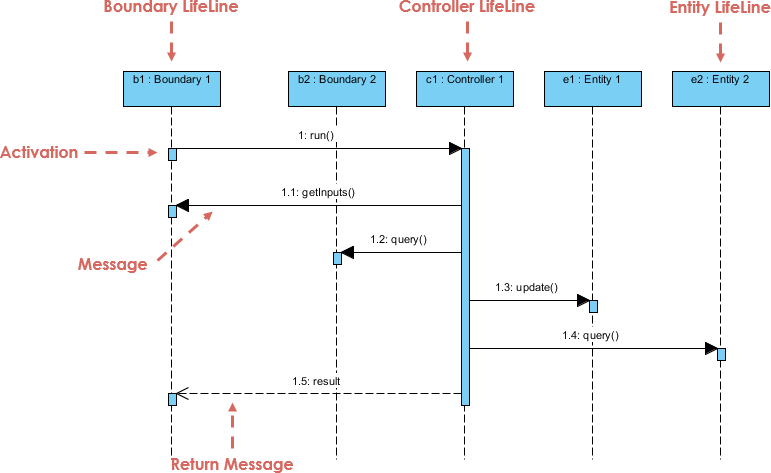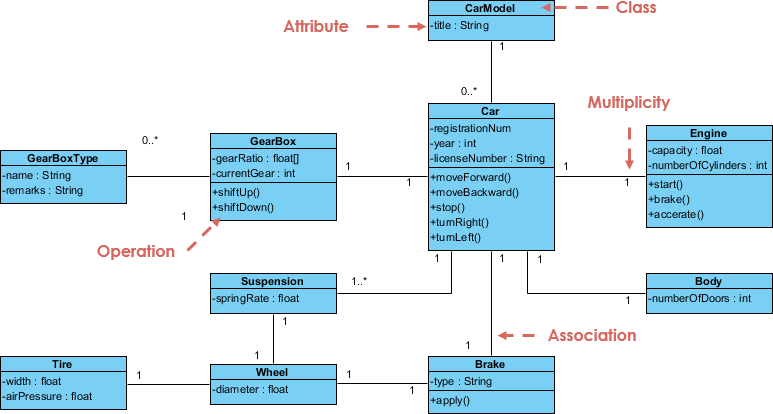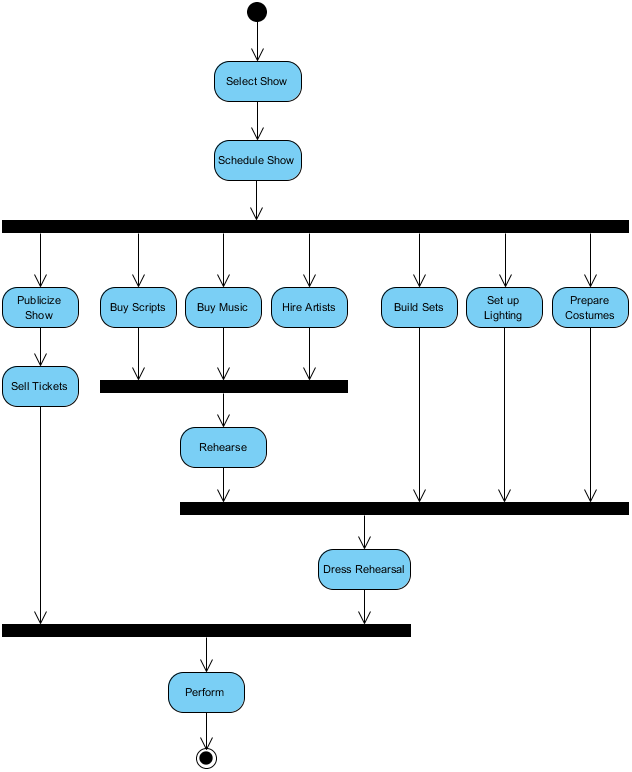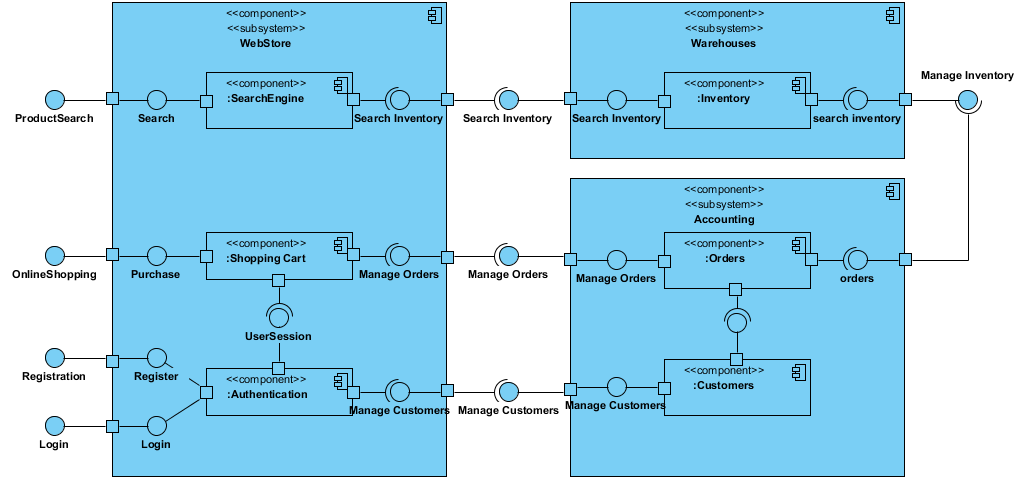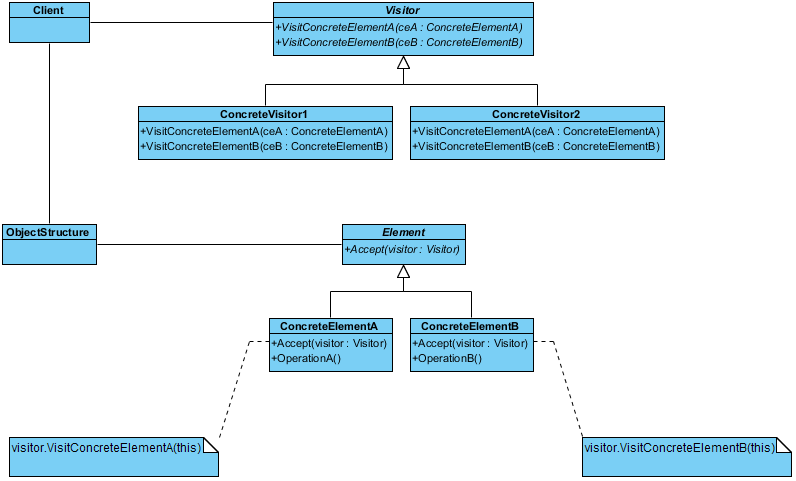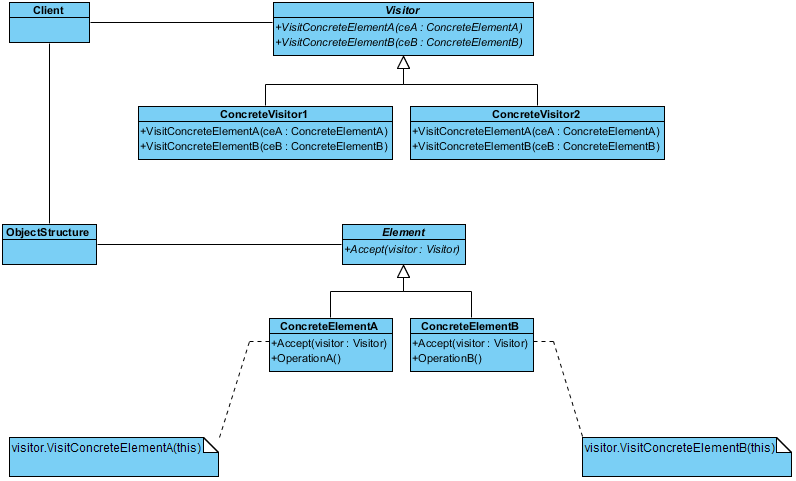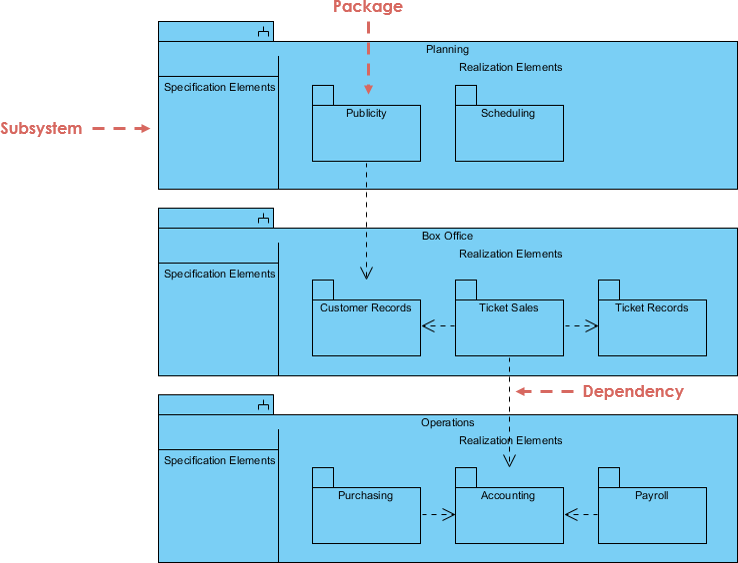
This is a Package Diagram example for ticket selling system.
A subsystem is another special package. It represents a portion of a system, with a crisp interface that can be implemented as a distinct component. Model management information is usually shown on class diagrams. This example shows the breakdown of the entire theater system into packages and their dependency relationships. The box office subsystem includes the previous examples in this chapter; the full system also includes theater operations and planning subsystems. Each subsystem consists of several packages.
Import into your Project
Open diagram in Visual Paradigm [?]Copy the URL below, paste it in the Open Project windows of Visual Paradigm and press Enter to open it |
Posted by:
